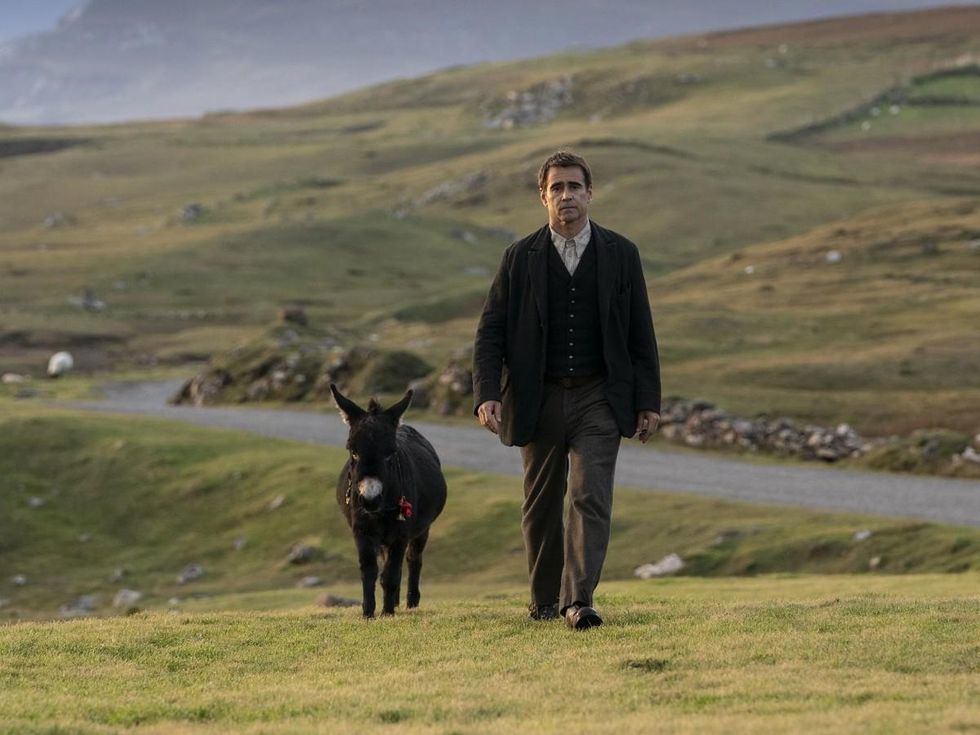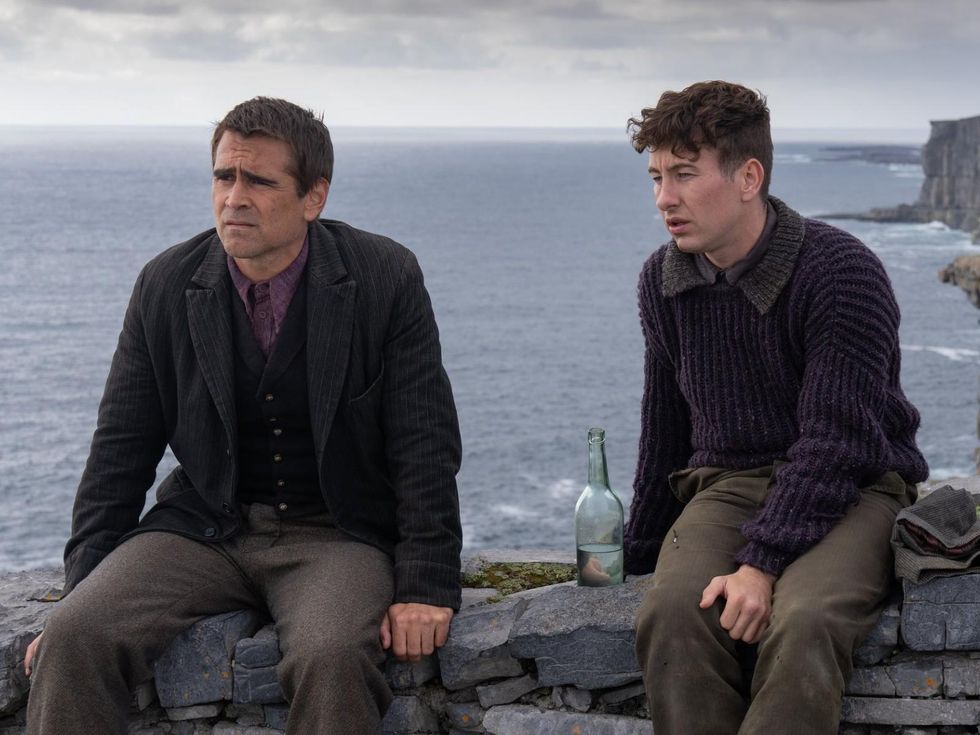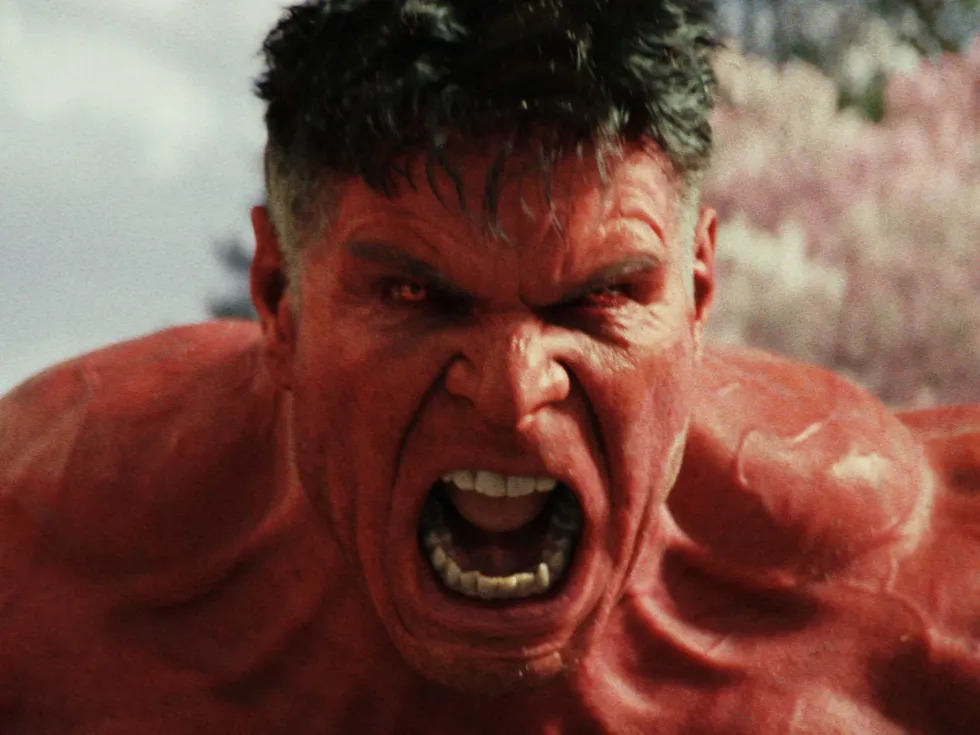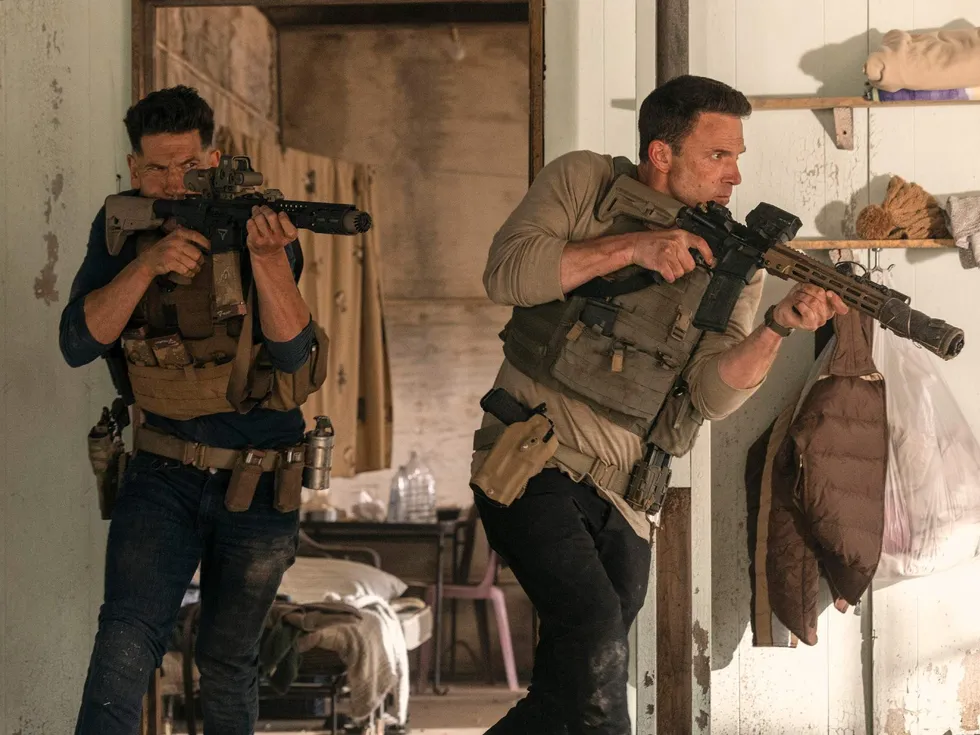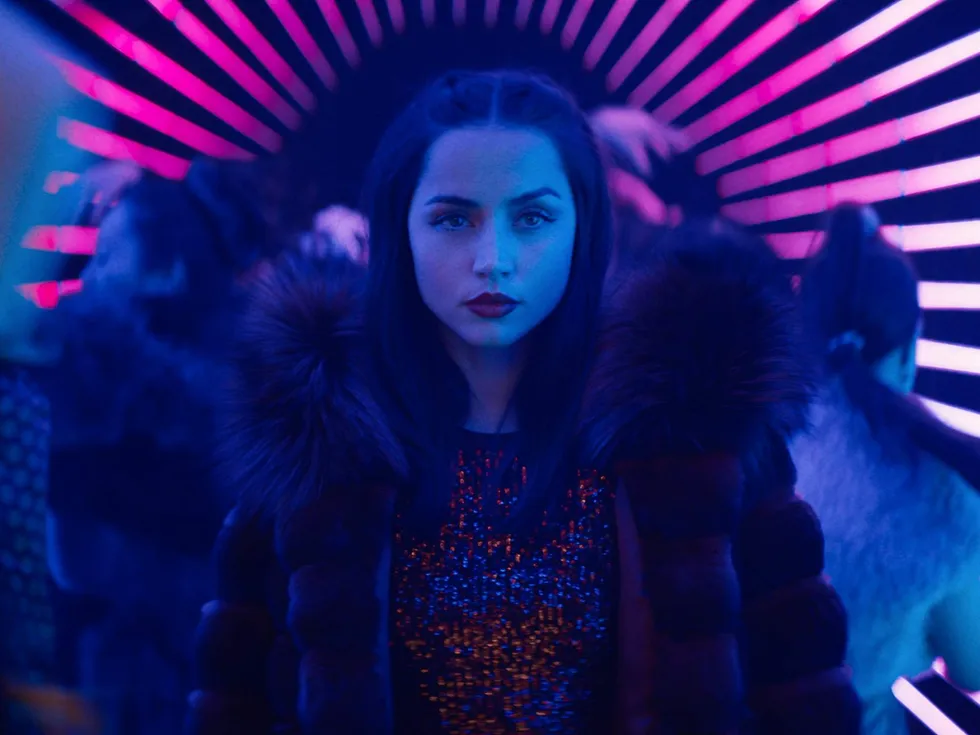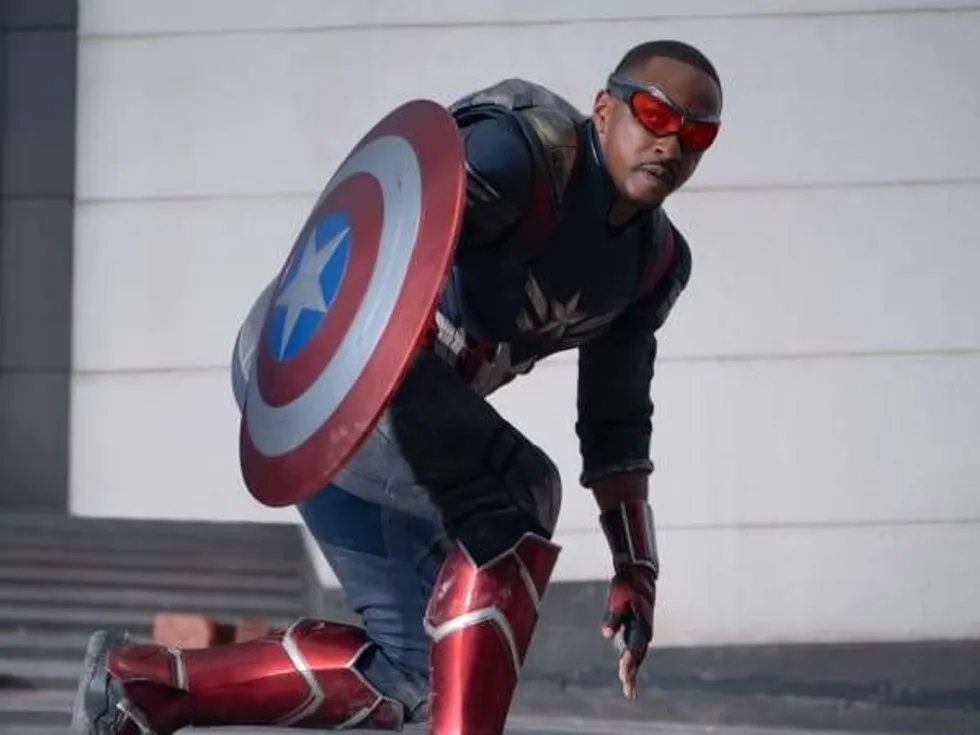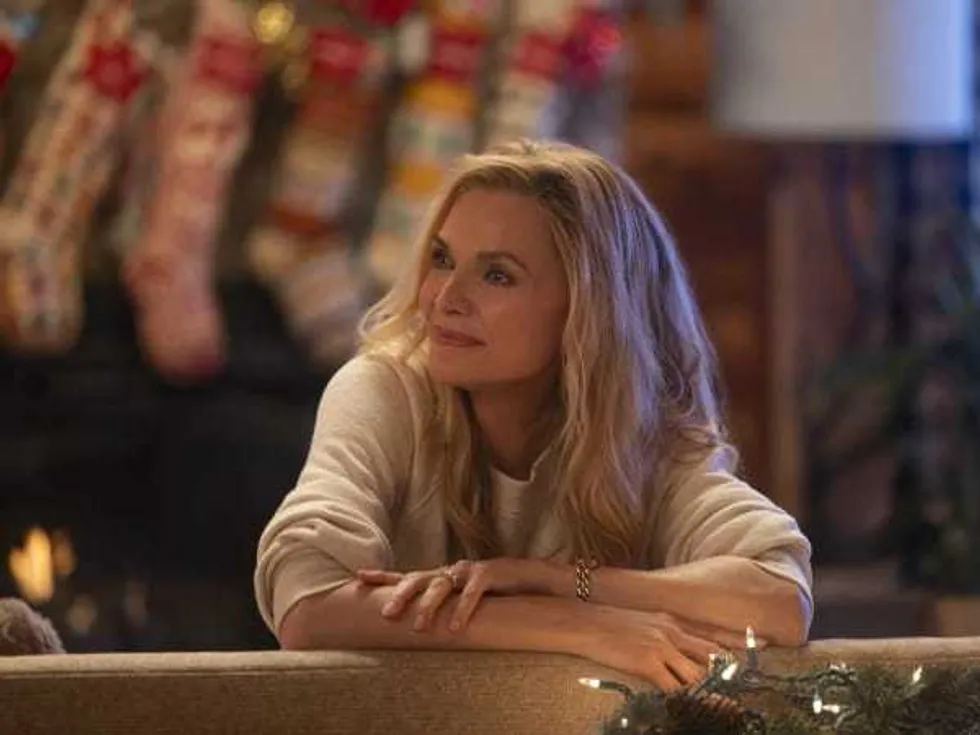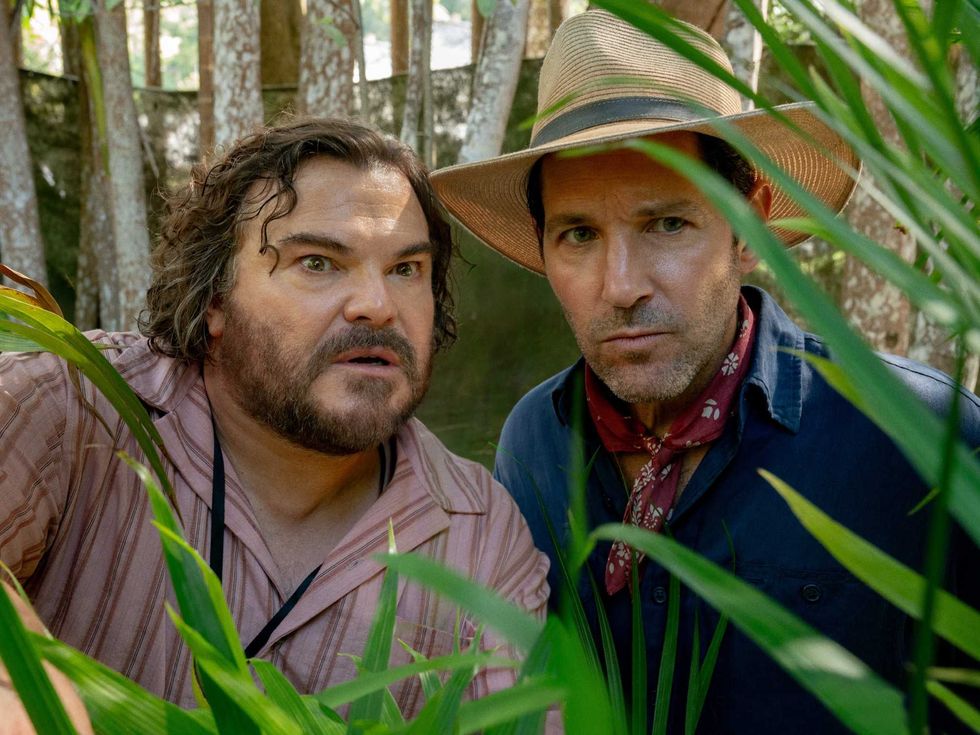Movie review
Irish misery makes for grand entertainment in The Banshees of Inisherin
The influence of Ireland on the modern movie landscape is undeniable, whether it’s actors like Colin Farrell, Liam Neeson, Saoirse Ronan, Brendan Gleeson, and Cillian Murphy, or directors like Jim Sheridan, Martin McDonagh, and Neil Jordan. But movies made about Ireland are in relatively short supply, and even when they do pop up, they tend to be heavy dramas.
McDonagh, who has hopped back and forth across the Atlantic in his career, returns to his ancestral home with The Banshees of Inisherin, which reunites McDonagh with his In Bruges stars. Pádraic (Farrell) and Colm (Gleeson) live on the fictional Irish island of Inisherin in 1923, with little to do except tend to the land and drink at the local pub. Pádraic and Colm are friends, until – for seemingly no reason whatsoever – Colm decides to end their friendship.
Pádraic is unable to accept this turn of events, especially as he sees Colm continue to enjoy himself with other people. And so he keeps on hounding Colm for the reason behind his out-of-nowhere decision, a pursuit that gains him few answers and only serves to escalate the feud in unexpected ways.
Written and directed by McDonagh, the film is at once one of the funniest movies of the year and one of the saddest. Colm rebuffing Pádraic’s repeated pleas for any kind of explanation is often played for laughs and never fails to entertain, often due to the reactions of those around them. In fact, the side characters – like Pádraic’s sister Siobhan (Kerry Condon), bartender Jonjo (Pat Shortt), and local idiot Dominic (Barry Keoghan) – are the secret sauce that keep the film as enjoyable as it is.
The premise is simple, but how McDonagh manages to mine that basic idea is something to behold. Little details, like the local busybody, Mrs. McCormick (Sheila Flitton), or the animals Pádraic and Colm own, add color to an already colorful film. And references to the ongoing Irish Civil War on the mainland underscores the pettiness of the beef between the two men without bogging the story down with unnecessary details.
For anyone who’s never been to Ireland, it can be difficult to explain the bleak beauty the country holds, but this film comes as close as anything to showing it. The rural area in which it takes place is filled with a seemingly endless array of black stone walls and the occasional building, a visual that serves to be pleasing to the eyes and important for character development.
McDonagh’s story succeeds even though – or, perhaps, because – the characters seem to have nothing else going on in their lives. Save for the bartender, the local priest, and a police officer, no one seems to be employed in any way in the town. That leaves everyone with plenty of time to gawk at Pádraic and Colm’s ongoing argument and other small matters.
Farrell and Gleeson have a chemistry together that makes each of their scenes together a supreme pleasure to watch. The way Farrell transforms himself into a needy sad-sack is fantastic, and Gleeson’s stone-faced reactions are the perfect complement. The supporting actors are just as good in smaller doses, especially Condon and Shortt.
The central disagreement in The Banshees of Inisherin may be inexplicable, but the film itself is fun to watch from beginning to end, even when it gets depressing. Ireland and the Irish film community have rarely been as well represented as they are here.
---
The Banshees of Inisherin is now playing in theaters.
